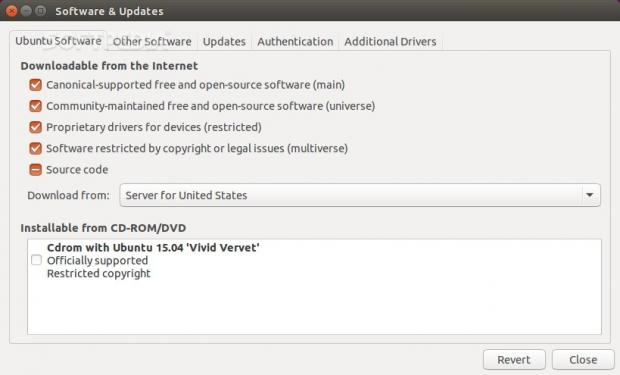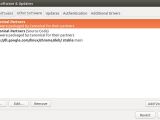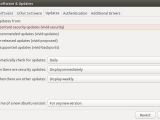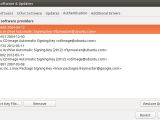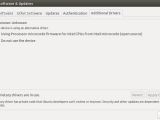Software & Updates is one of the most powerful tools in Ubuntu, but it's not taken all that seriously. We want to take a closer look at this application and reveal some of the interesting functions.
Ubuntu uses the GNOME stack, for the most part, but the distro is based on Debian, and many of the packages are actually from that distro. Many of them are modified specifically for Ubuntu, and we rarely get to see something implemented in its vanilla form.
Ubuntu ships with a few interesting applications and one of them can be found under the name Software & Updates, although it's less glorious official name is software-properties-gtk. This particular application doesn't get all the attention that it should, given just how powerful and important it is.
Software & Updates is installed by default in Ubuntu and users don't have to do anything special to access it. Also, there is no newer version available for Ubuntu users, so you don't have to worry about updating it.
Usage
If you have just installed Ubuntu and you're a beginner, then you really need to know about Software & Updates, which is an incredibly powerful tool. It's very underestimated, but users can do a lot of things from this app, some of which are even necessary after a fresh Ubuntu installation.
When you first install Ubuntu, not all of the repositories are activated by default. For example, if you want to install the package manager Synaptic, you will notice that it's not available for download. The solution is to go into Software & Updates and activate the Universe repo, but we're getting ahead of ourselves.
The first tab in Software & Updates is called Ubuntu Software and has options for the repositories. From here, new users need to activate the multiverse and the repo for proprietary drivers. This is important if you want access to proprietary drivers for Nvidia and AMD, for example. Also, users can change from a huge number of mirrors for the official repositories. Users can also activate the Best Server option, and the fastest mirror for the user will be selected.
The second tab is called Other Software, and this is where users will find details about the official and third-party PPA. Whenever you add a new repository for your Ubuntu system, this is where it will be displayed. Users can deactivate them, or they can delete them with a simple click although they will need root access for this operations.
The third tab is called Updates and governs the sources for updates. From here users can choose to receive Ubuntu updates from the proposed repository or backports if you're using an older Ubuntu. You can also set how often you check for updates and even to get notified when a new version of Ubuntu is made available.
The fourth tab is called Authentication, and regular users don't really need to use this particular function. Whenever you add a new PPA to the system, it comes with a key and this is where it's stored. You could add the key manually, but this process is usually managed by the installation.
The fifth tab is called Additional Drivers, and this is where you will be able to activate the proprietary drivers for your components. For example, the Nvidia drivers will be listed in this tab, and you only need to click on the version you want and it will be installed. It will take a while, but you don't have to search them manually in a package manager or to install them from the terminal.
 14 DAY TRIAL //
14 DAY TRIAL // 
